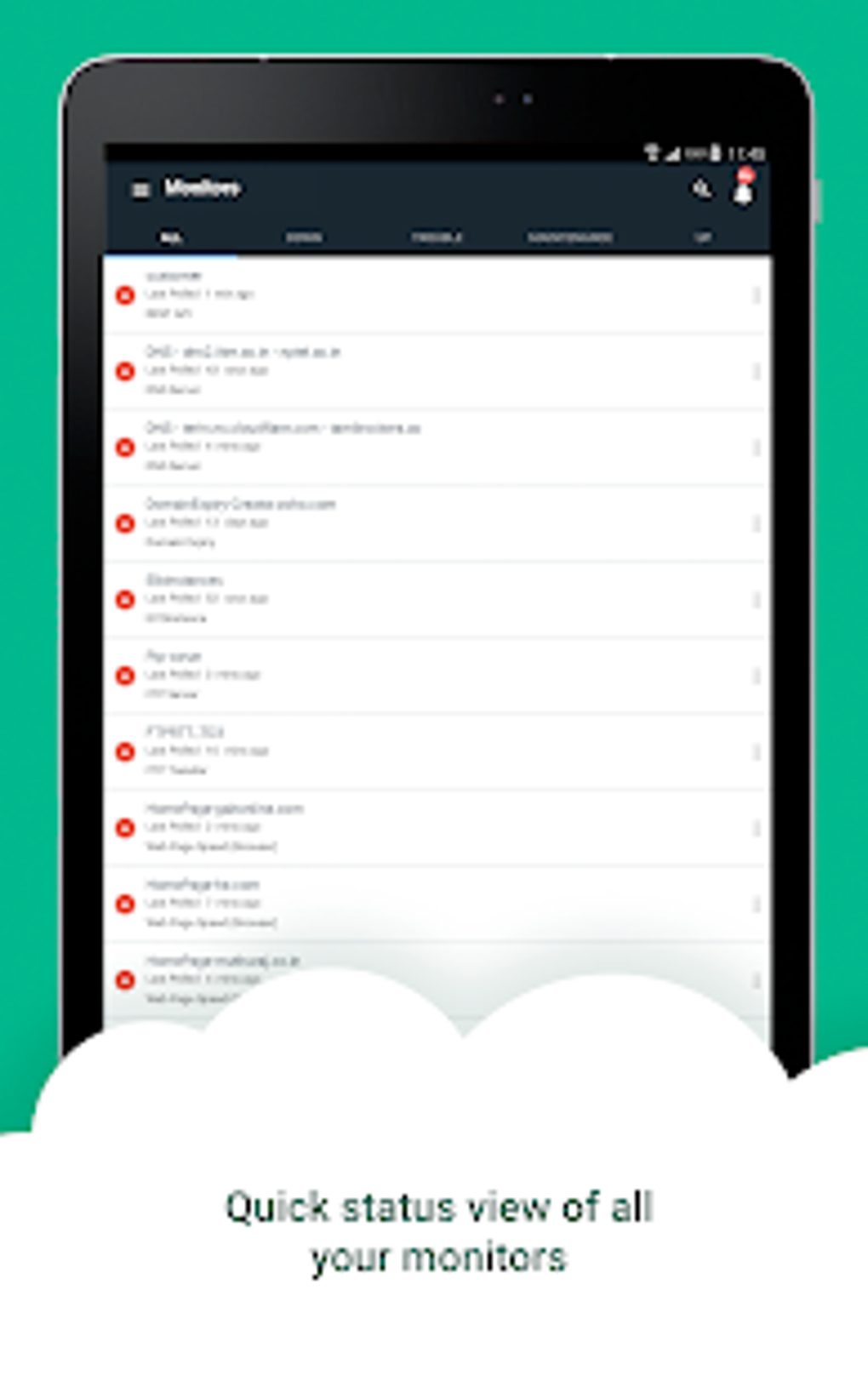
From the Finder menu, choose Go and then Connect to Server. This is how you can connect to it remotely, directly from the Finder. You can make the WebDAV folder act like your very own. The following shows the result of a successful operation : If you're publishing a calendar that is on some other machine, you will need to replace the word "localhost" with either the IP address of the server machine, or its domain name. This assumes that you are publishing a calendar that is on your server machine.
Webmon google how to#
The following picture shows you how to set up iCal to publish your calendar, assuming that you're using the default values for the name of the WebDAV folder, login ID and password : Once you have WebDAV turned on, you can start sharing iCal calendars on the server. There is also a "Turn on Directory Listing" check box which will turn on auto-listing of directories, for when you want to share folders of files and images with people who have not been given write access to that directory. There is a WebDAV Help button, that will show you how the four editable WebDAV parameters - WebDAV Realm, WebDAV folder, User Name and Password - will appear in the OS X authentication dialogs when you try to publish an iCal calendar or access a WebDAV folder from the Finder's "Go / Connect to Server" Menu. You can create multiple WebDAV folders, each with its own user name and password combination.

New with WebMon for Snow Leopard is the ability to configure your server to host multiple domain names on the same physical machine. The first panel in the WebMon's "Configure Web Server" window allows you to turn on PHP, Server-Side Includes, execCGI and WebDAV, and turn off Directory Listing, while giving you the option to make a back-up of the current config file, build from the default Apache config file, or base it on the one you have existing on your server. If you have a working domain name or host name for this server, you can enter that name into the Domain Name column. You will see a single WebServer line created by default, and that is for the server, localhost. When you first run WebMon on the server machine, you will see WebMon's "Configure Web Server" window, above. The following guide assumes that you're setting up a server sitting on an IP address, 10.0.1.250, and that you can refer to the server either via its domain name (say, in our case, ) or via the name "localhost".
WebMon is able to help you monitor any number of web servers from a single remote machine. WebMon also helps you set up the web server so that you can monitor its log file from a remote machine.

You can also use the WebDAV folder to share your iCal calendars. With WebDAV turned on, your web server acts like an iDisk, allowing you to connect to the WebDAV folder remotely, securely, and directly from the Finder, so you can save, share, and distribute your files and folders. WebMon configures OS X's built-in web server to support server-side includes, execCGI, PHP, SSL and WebDAV, for multiple domains running on the same server.
Webmon google for mac os x#
WebMon Snow will only run on and is only supported for Mac OS X Snow Leopard 10.6.


 0 kommentar(er)
0 kommentar(er)
